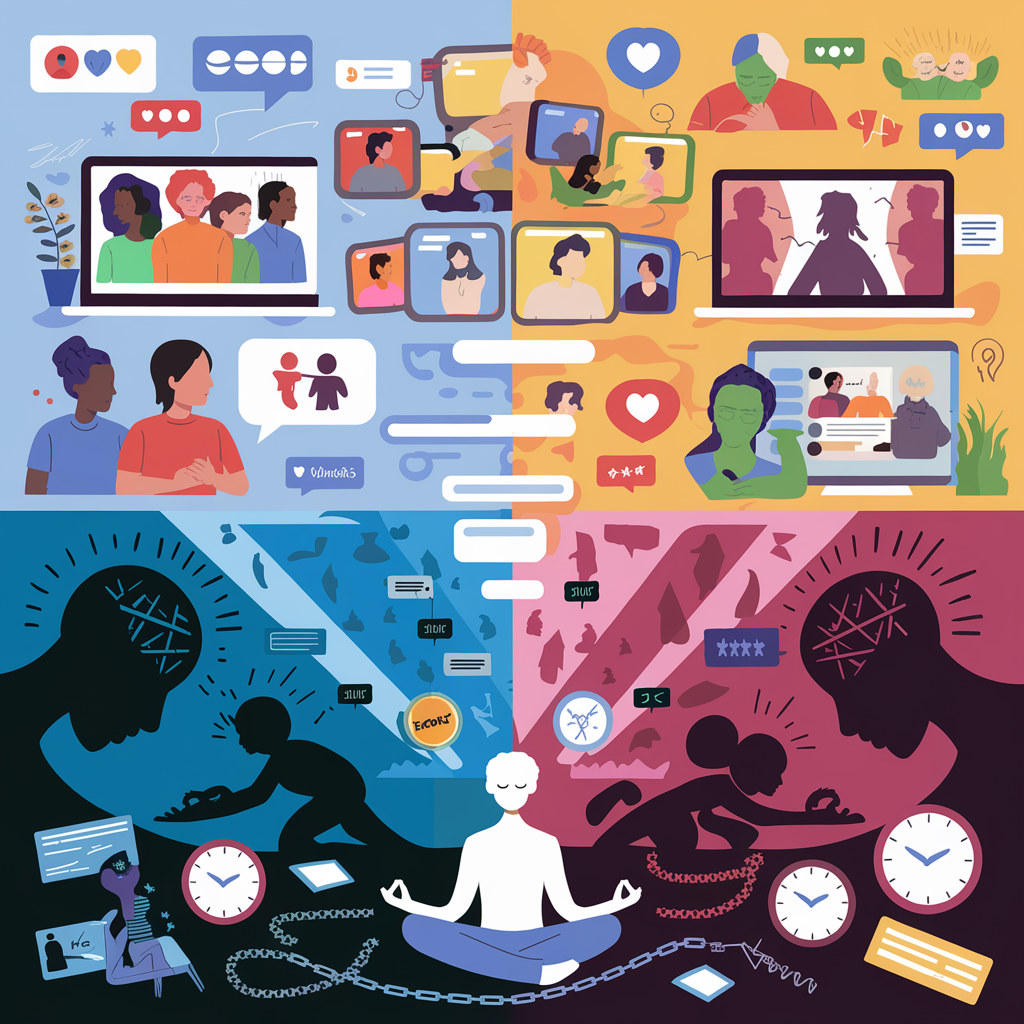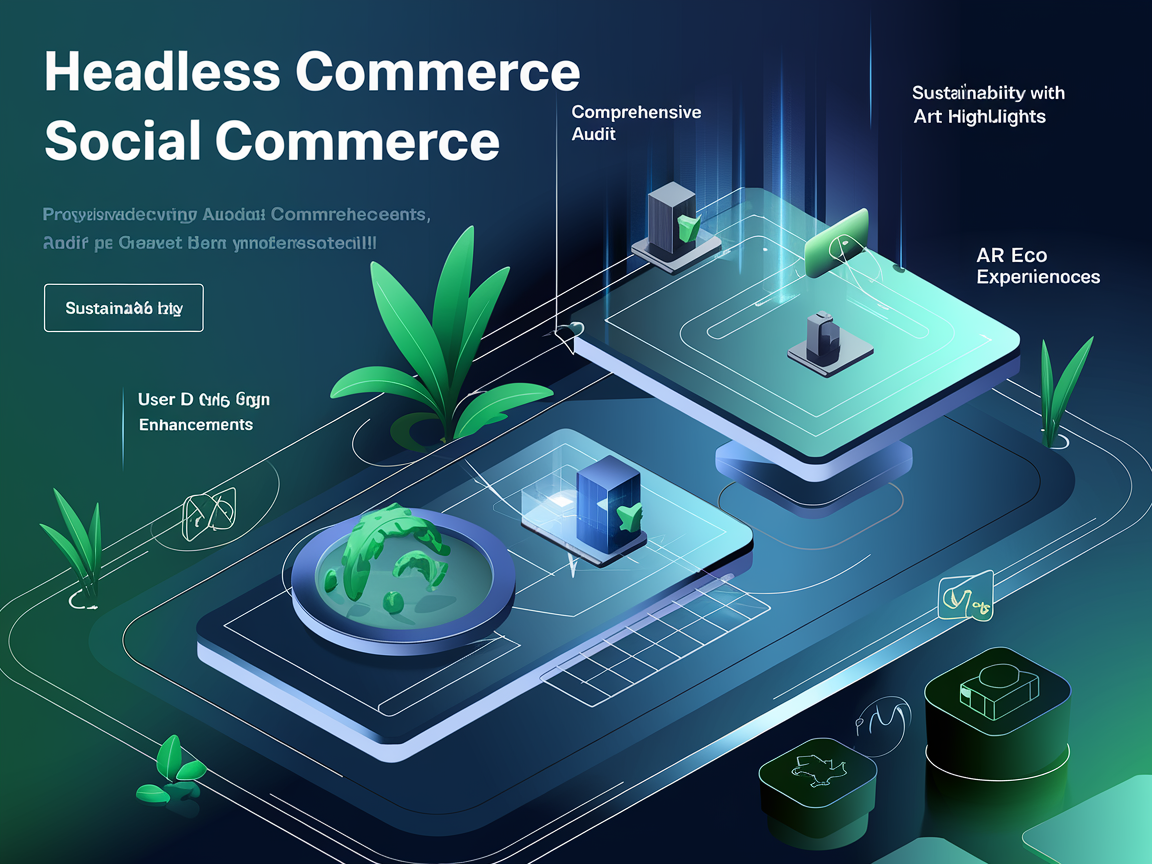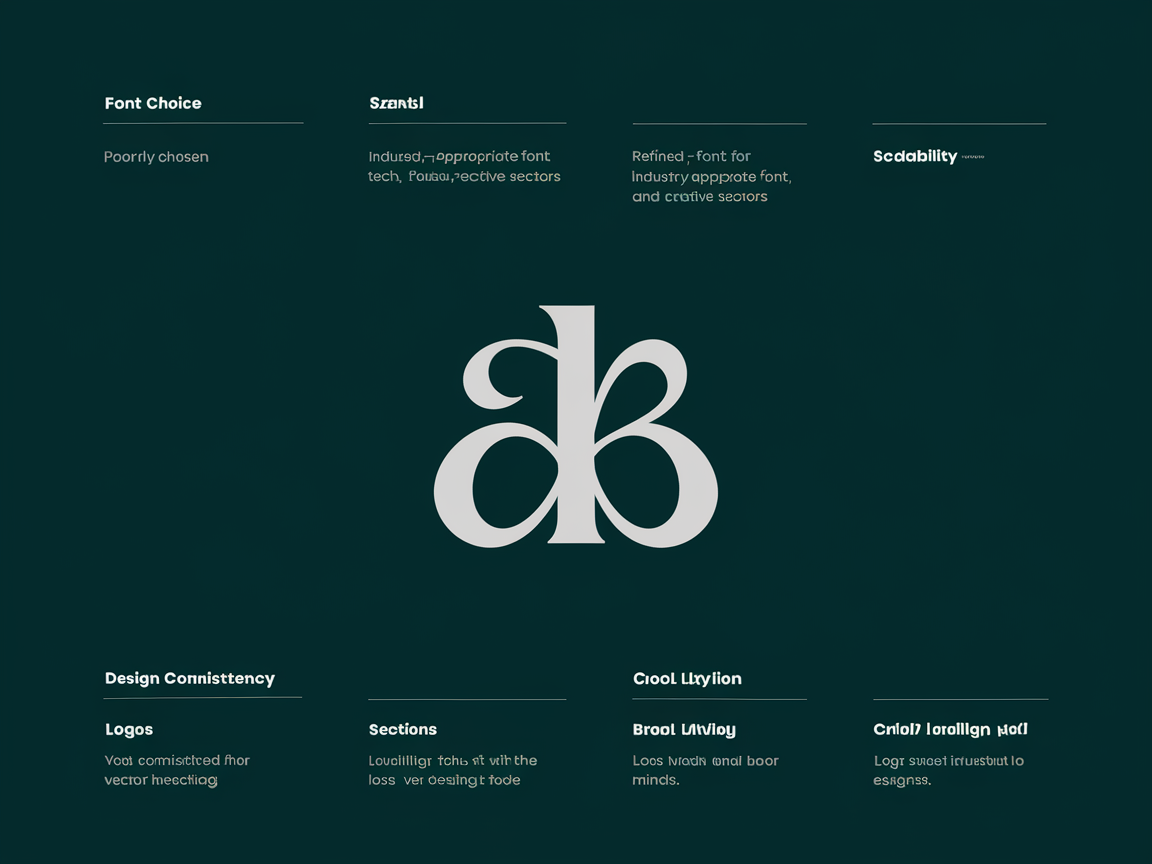The Impact of Social Media on Mental Health
Introduction
We live in a digital era, and social media is undeniably a significant part of our daily routines. But amidst the likes, shares, and tweets, a vital question emerges: How does social media affect mental health? This blog delves into both the bright and dark sides of social media's influence on psychological well-being.
Overview of Social Media Usage
Billions worldwide engage with social media platforms daily, spending, on average, over two and a half hours in these digital spaces. From teenagers crafting trend-setting TikToks to professionals networking on LinkedIn, social media is a multifaceted tool catering to diverse demographics. Why do these platforms resonate so deeply across age groups? Understanding current social media usage helps us see its unique role in each demographic's life—from connection to self-expression.
Positive Impacts of Social Media
Social media can be a force for good in mental health. How? At its best, it serves as a bridge for maintaining connections across distances. Consider the example of a student studying abroad who stays connected with family and friends. Social media also offers a platform for mental health support, with numerous online communities providing safe spaces for sharing experiences and finding support. Initiatives like #BellLetsTalk raise awareness and challenge mental health stigmas.
Have studies validated these benefits? Indeed, research underscores social media's potential in supporting mental wellness by facilitating information sharing and community building.
Negative Impacts of Social Media
Conversely, social media can contribute to mental health issues. How does this happen? Several studies link heavy social media use to increased anxiety and depression. One culprit is the culture of comparison. When users scroll through curated feeds of idealized lifestyles, it can negatively impact self-esteem and body image. Bullying is a further concern, with many teenagers experiencing online harassment, showing another dimension of social media’s potential harm.
Mechanisms of Influence
What mechanisms drive these effects? Psychological phenomena such as social comparison and validation-seeking pull users into unfavorable life comparisons. Moreover, the fear of missing out (FOMO) can lead to compulsive behavior, disrupting sleep—a critical factor impacting mental health. Sleep disruption heightens stress, anxiety, and depression, creating a complicated web of social media effects.
Strategies for Healthy Social Media Use
How can we mitigate negative effects while boosting positive ones? Experts recommend several practical tactics:
- Set time limits and use apps to track social media usage.
- Curate feeds with uplifting, inspiring content.
- Balance online presence with real-life experiences for teens.
Different audiences might tailor these strategies in specific ways. Parents can engage in open discussions and set boundaries around screen time. For general users, it's about recognizing signs of negative effects and adjusting habits, embracing real-world interactions when needed.
Conclusion
Social media is a double-edged sword capable of both enhancing and impairing mental health. How can we use social media more mindfully moving forward? Reflecting on our habits and making small adjustments can yield significant mental health benefits. Ultimately, the goal is balance—a mindful approach to leveraging social media's best while keeping its challenges in check. Let's move forward thoughtfully, harnessing the positive potential of social media.









